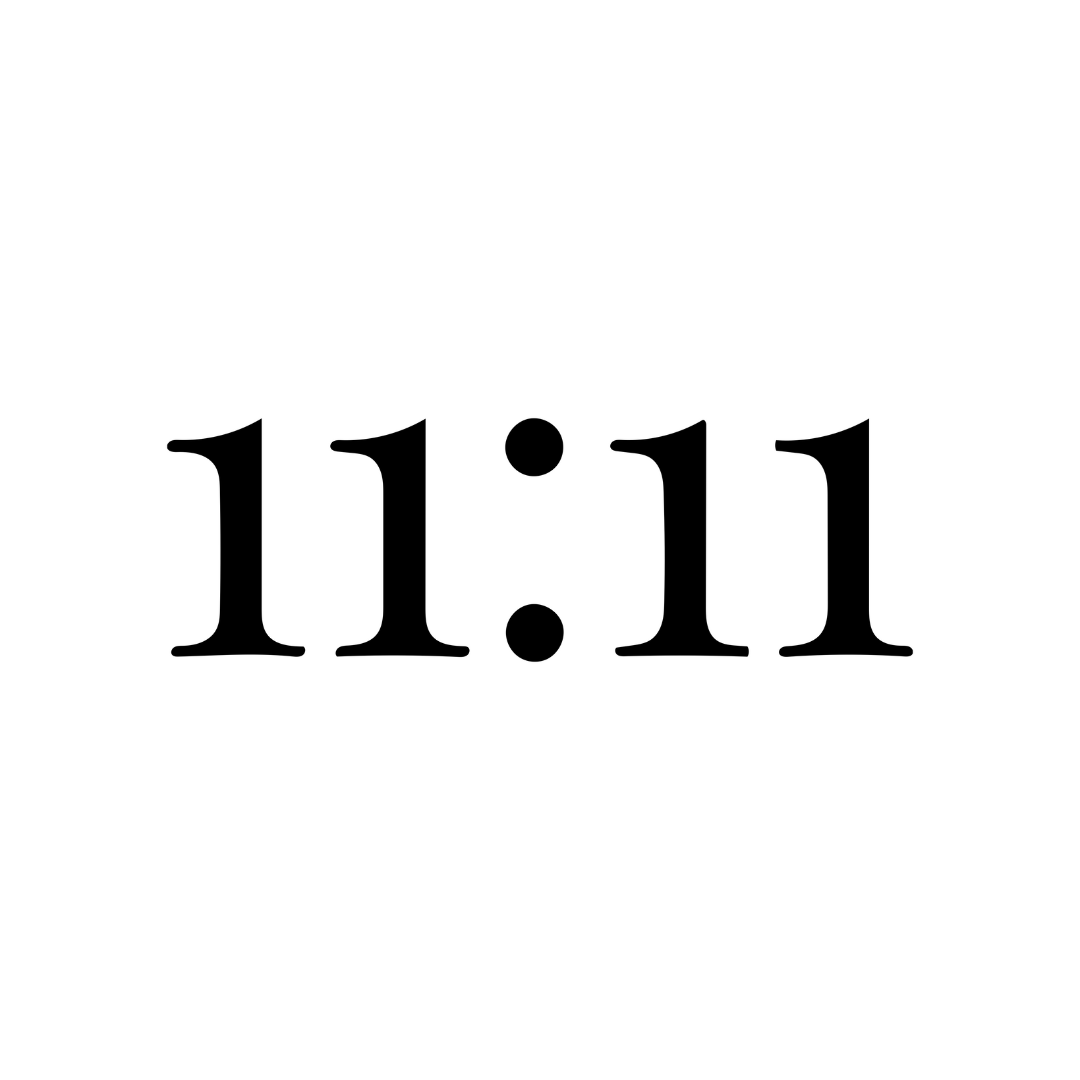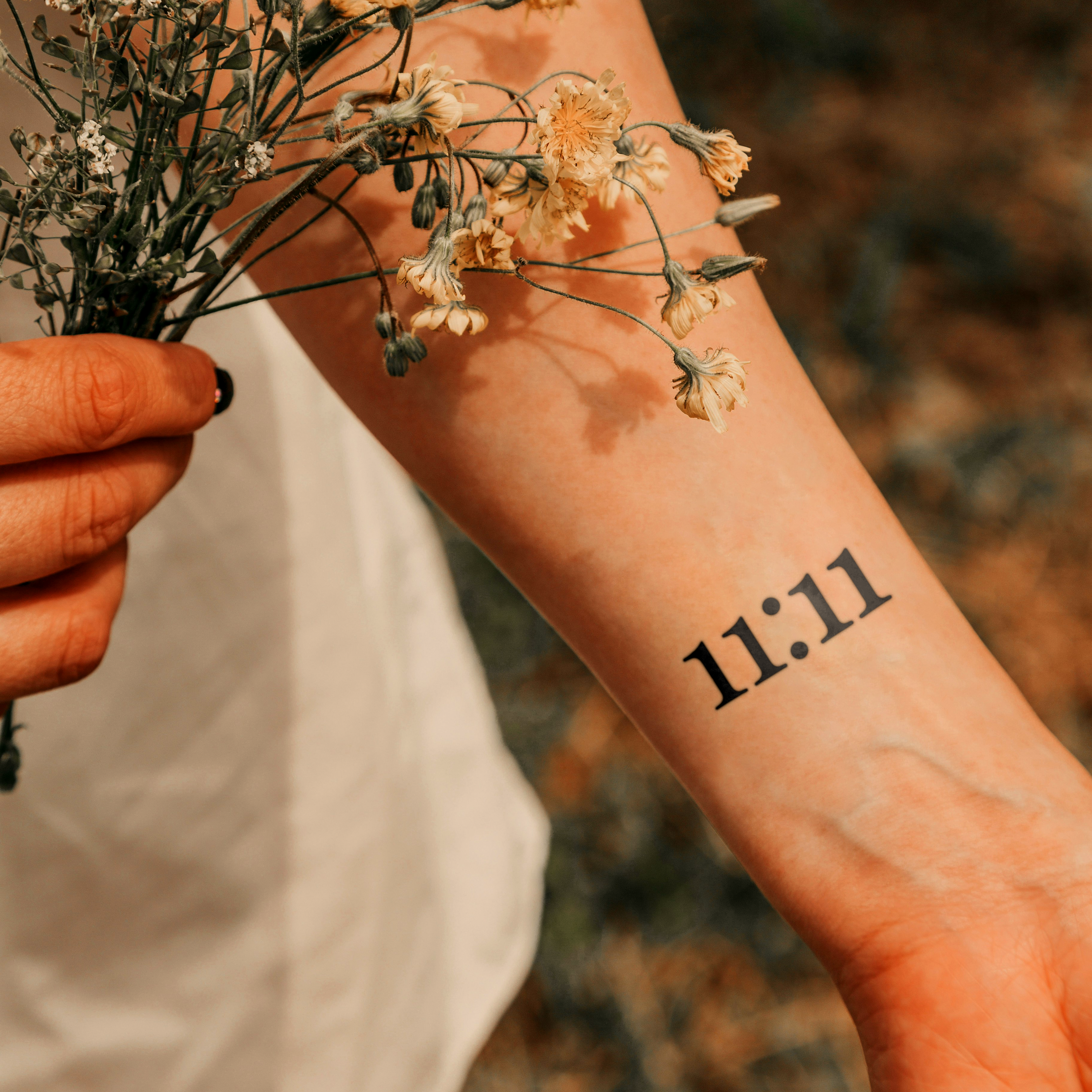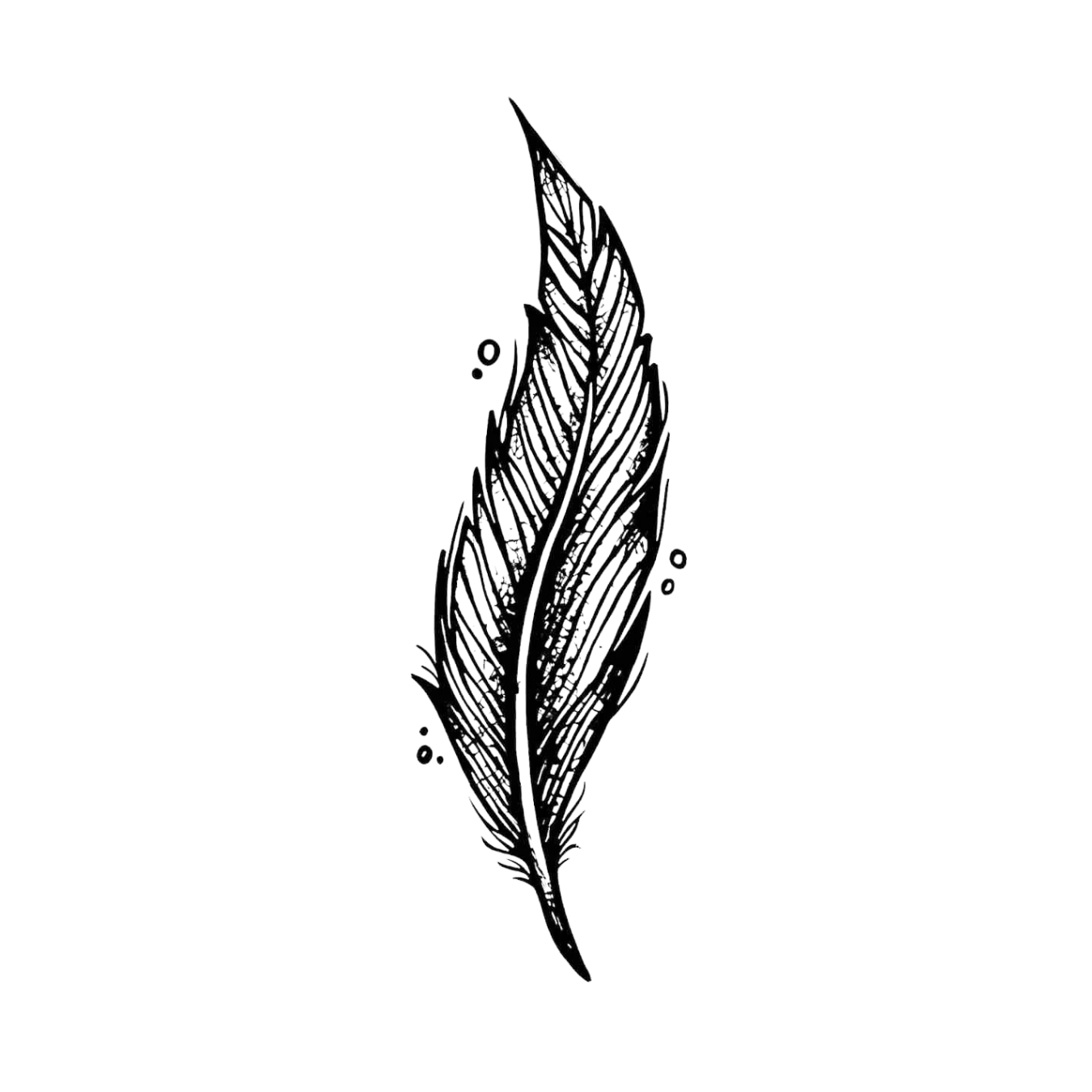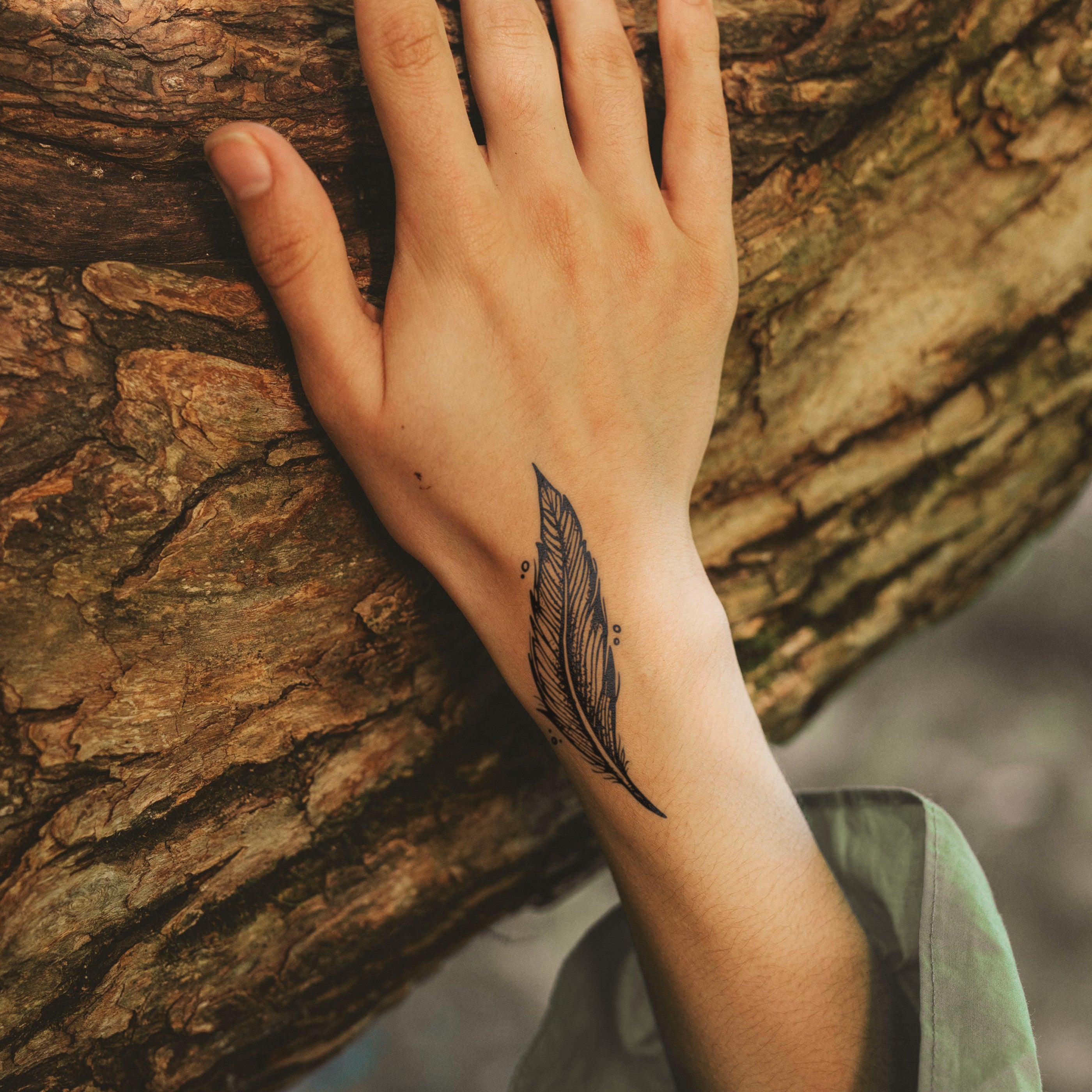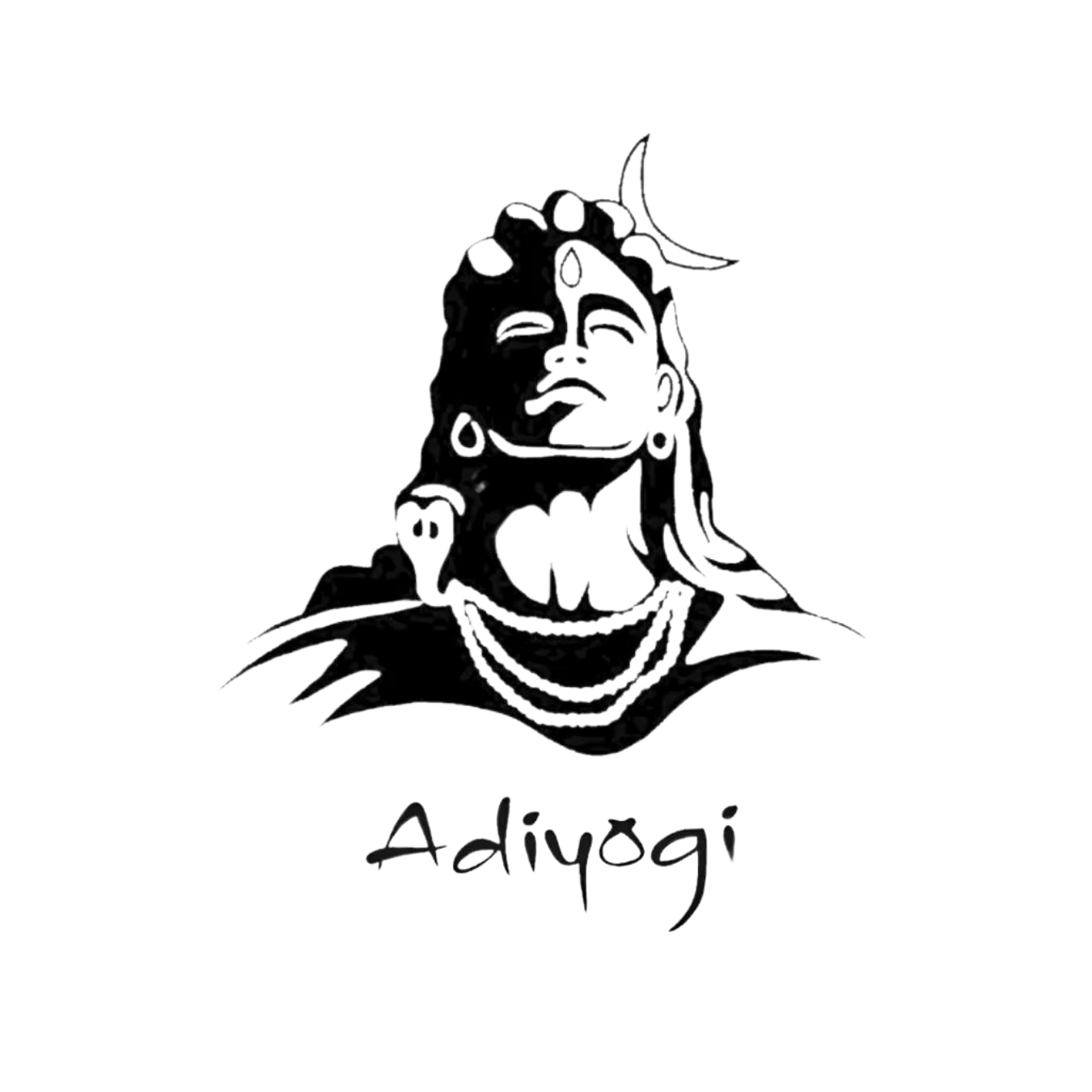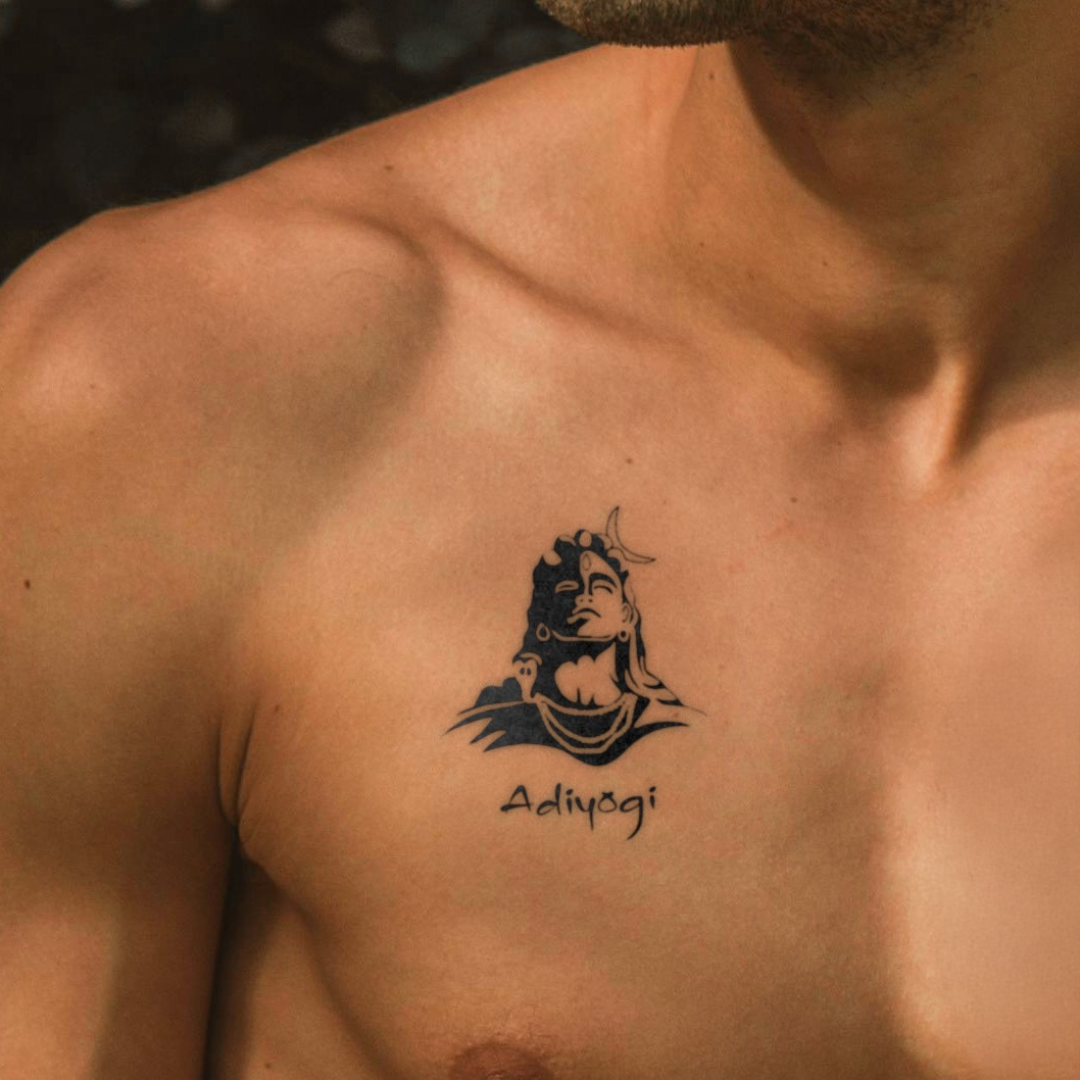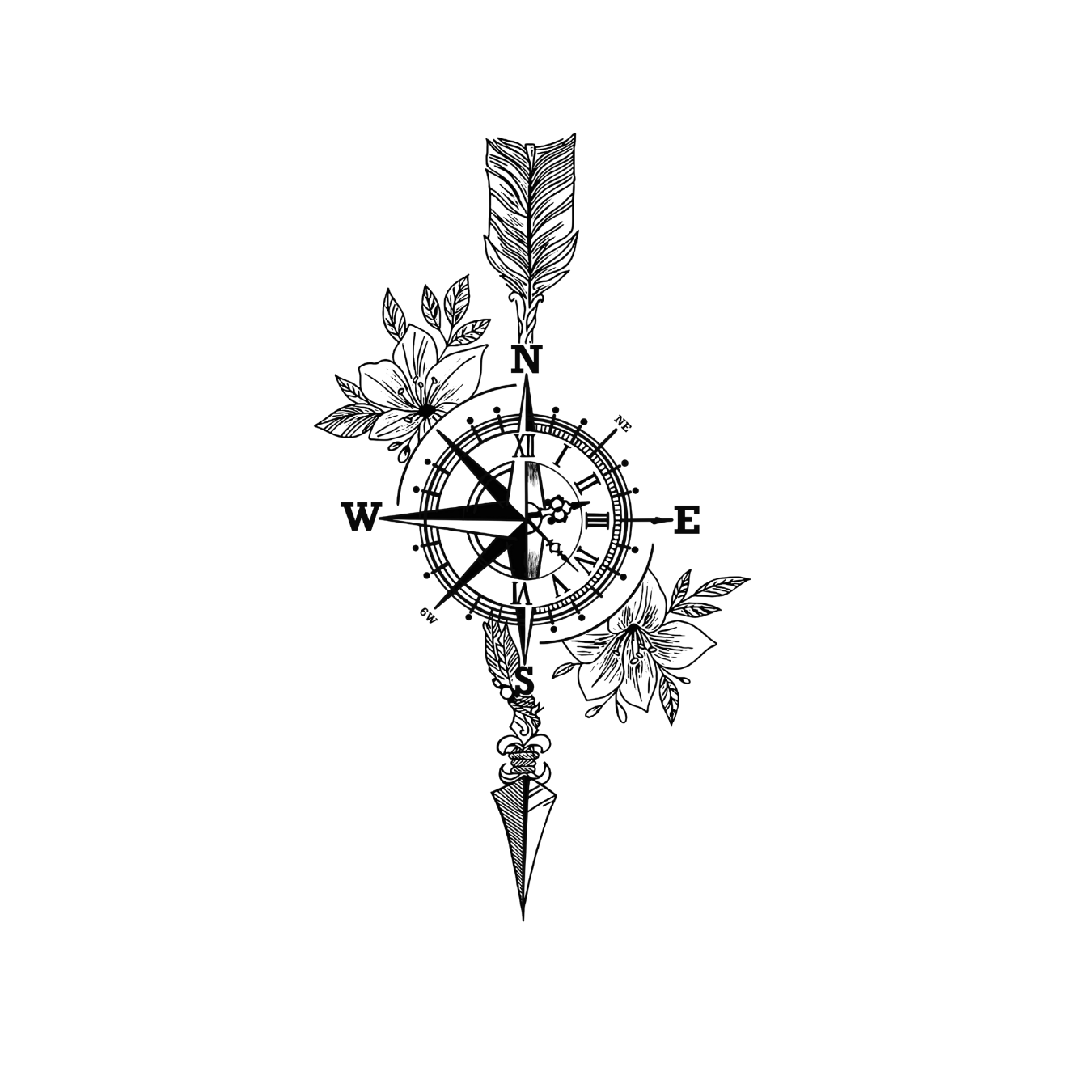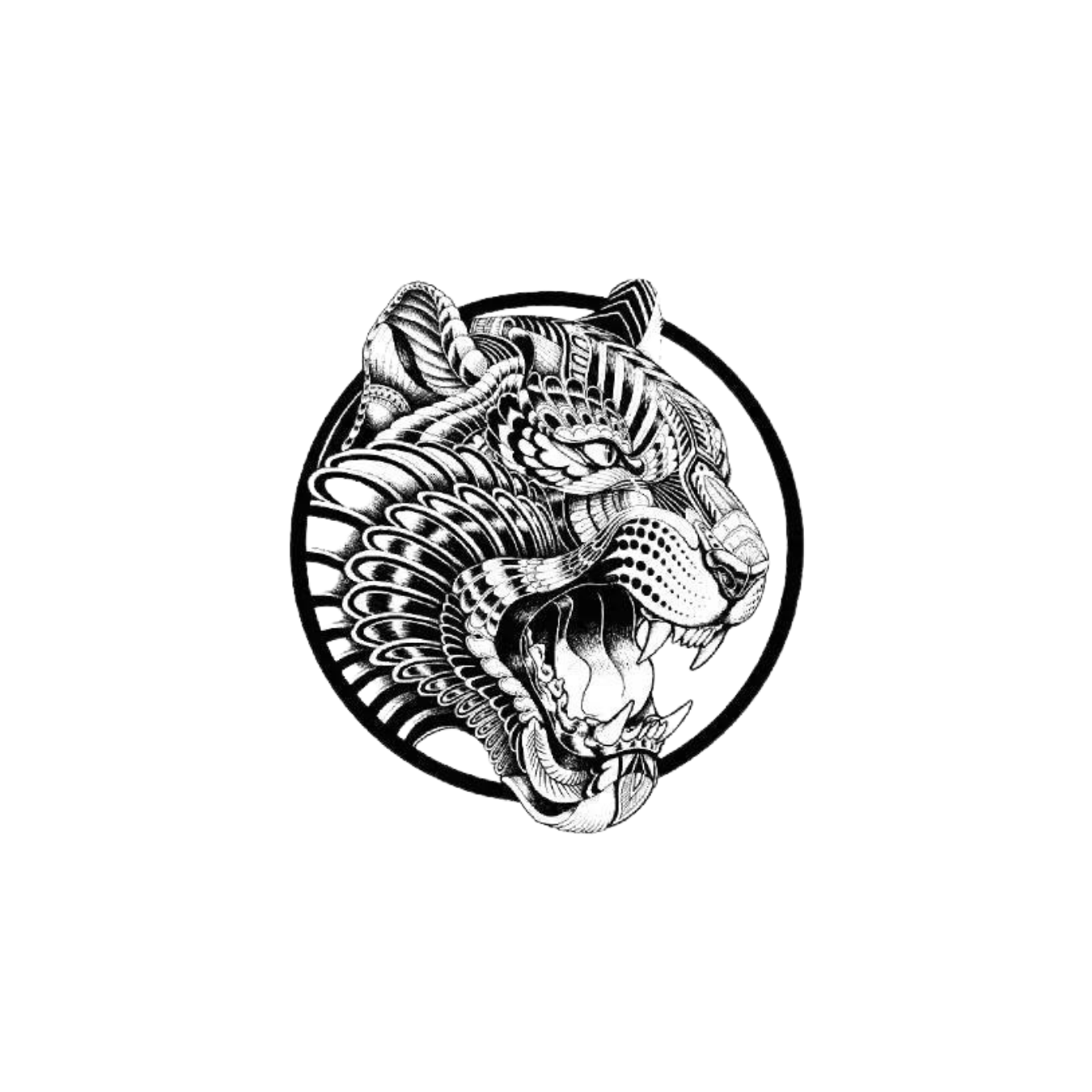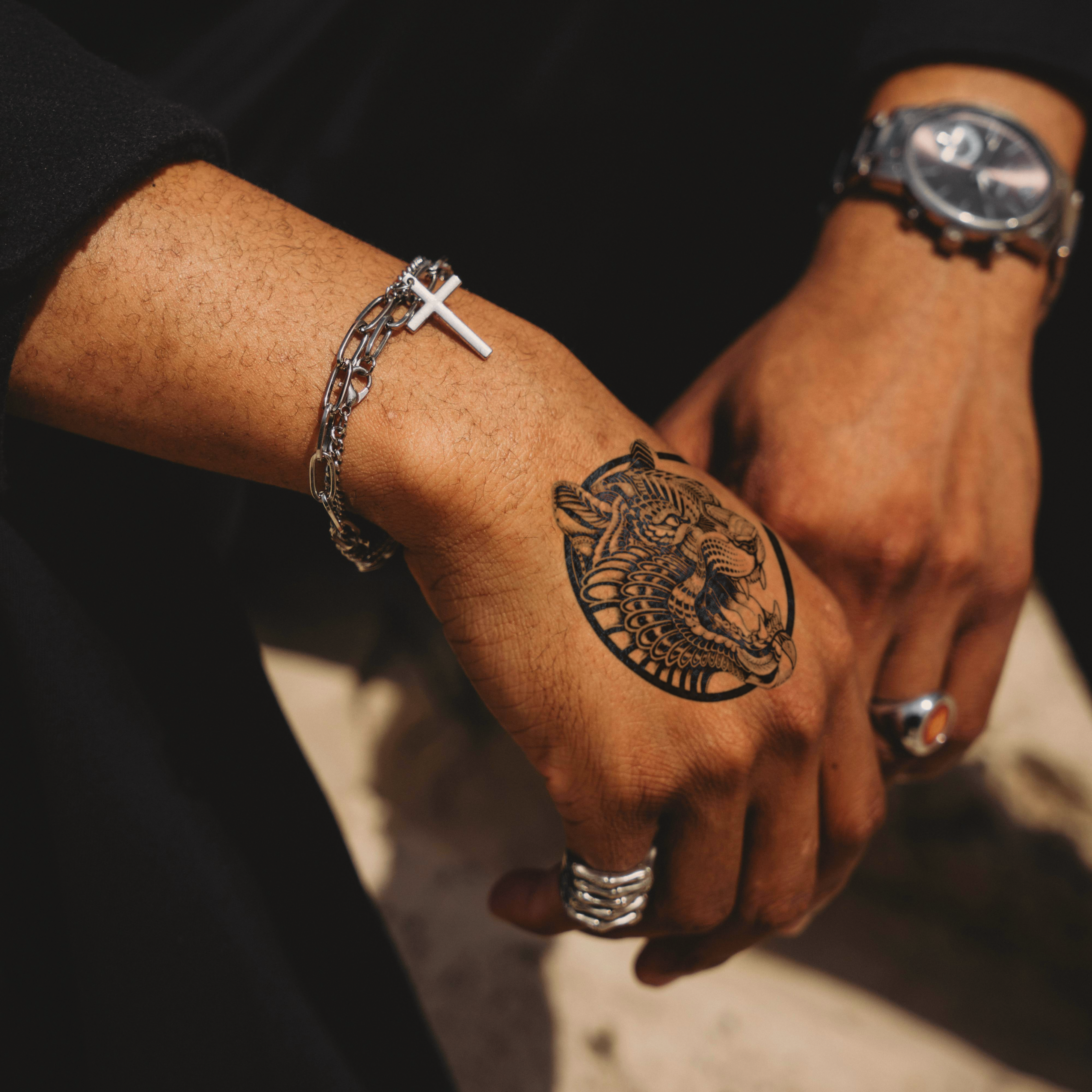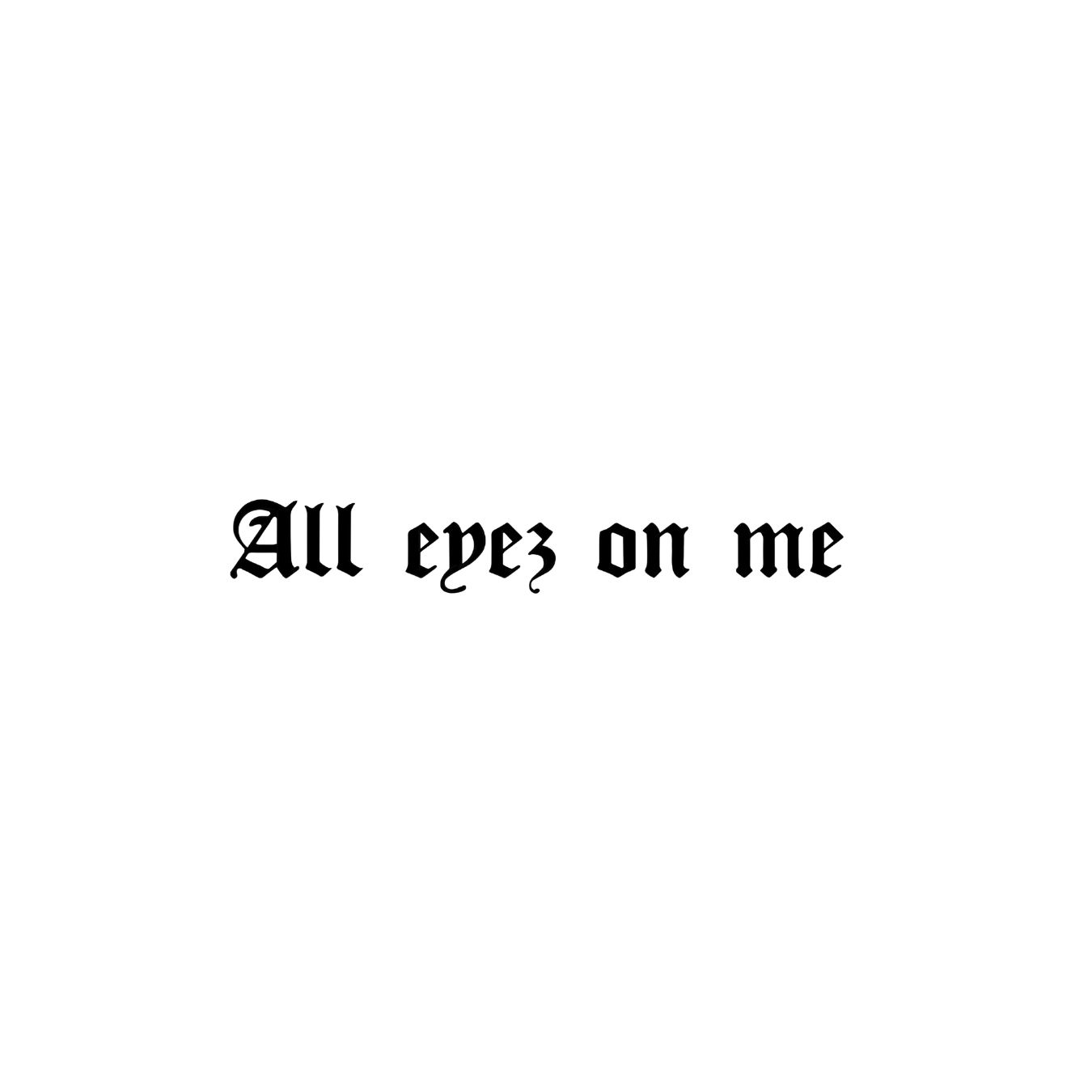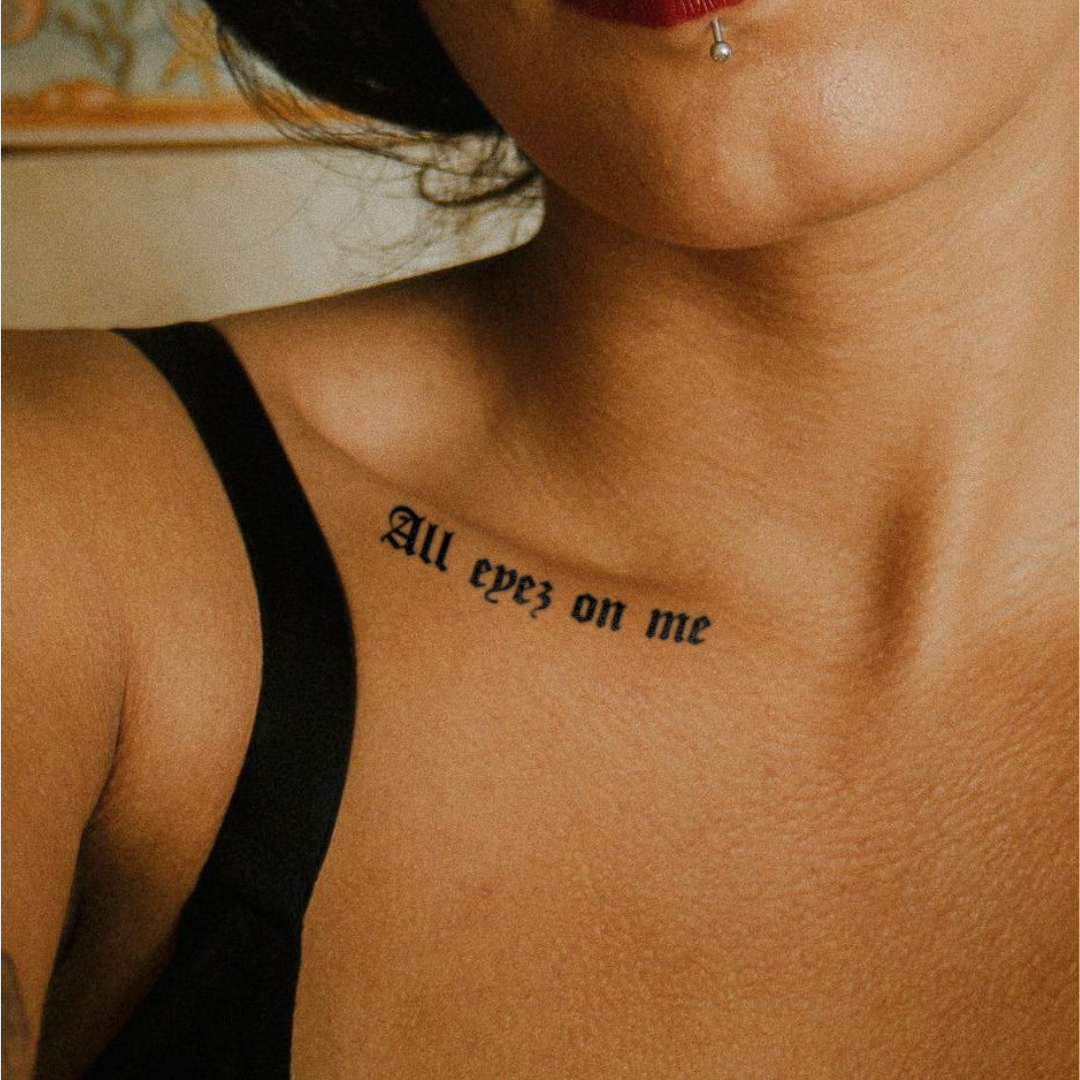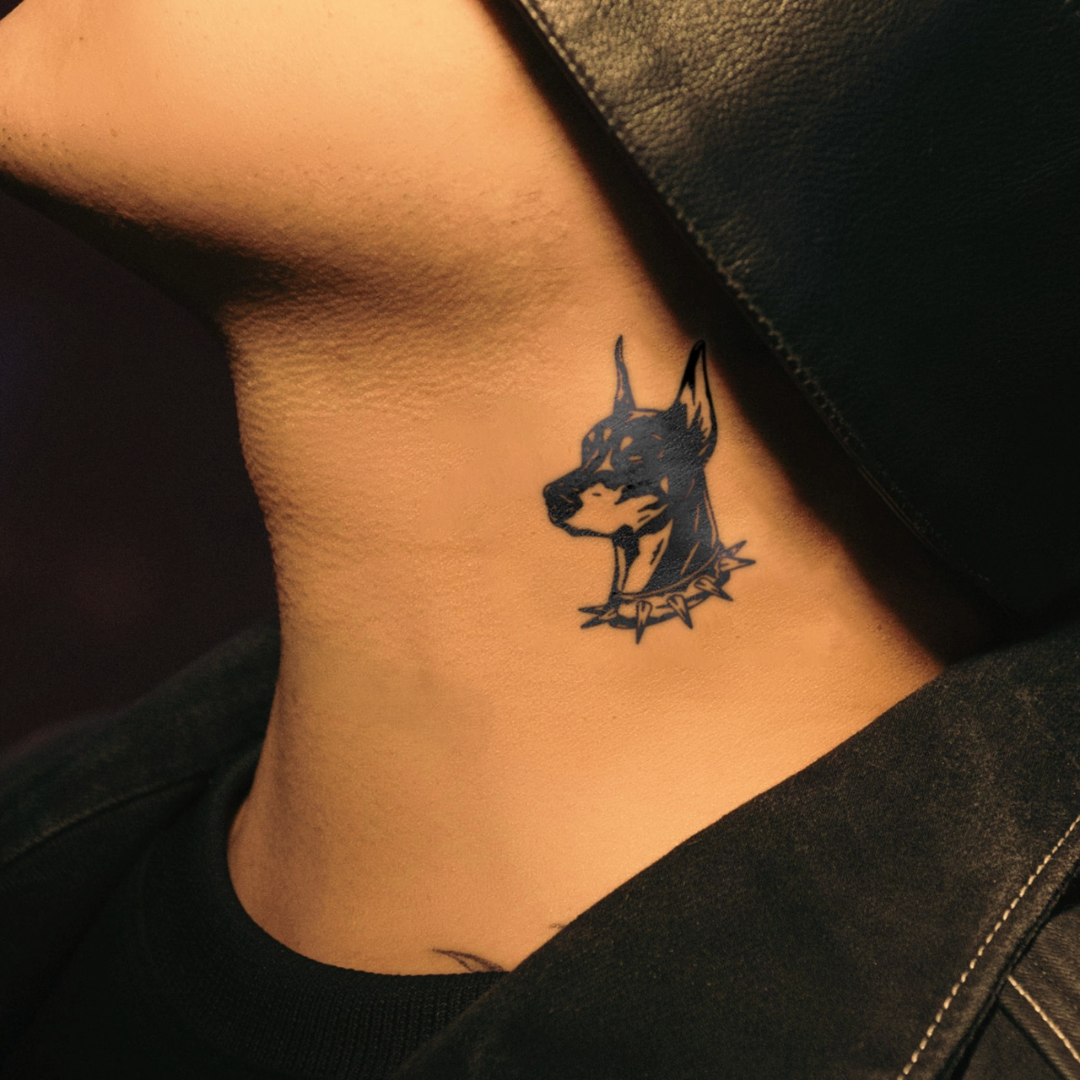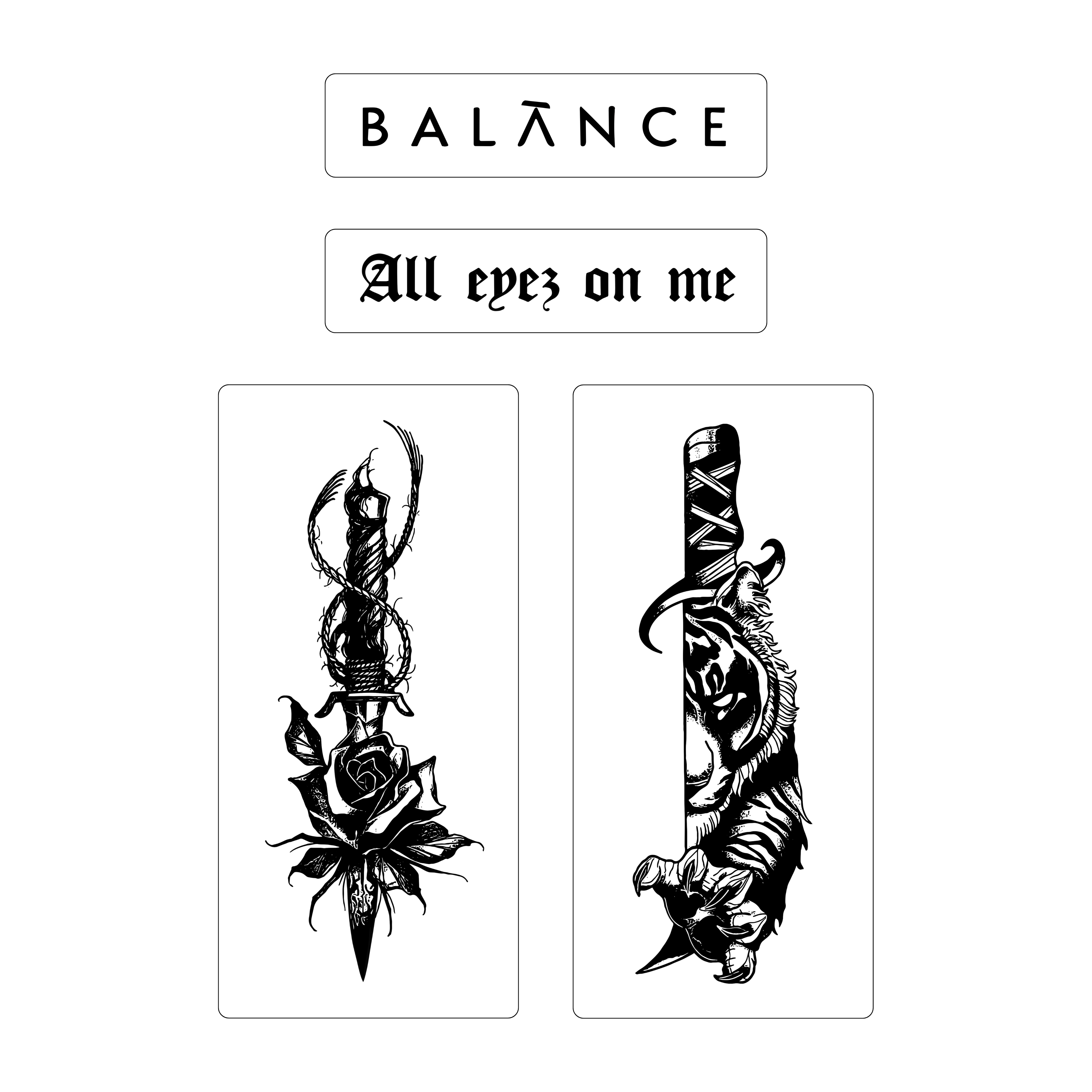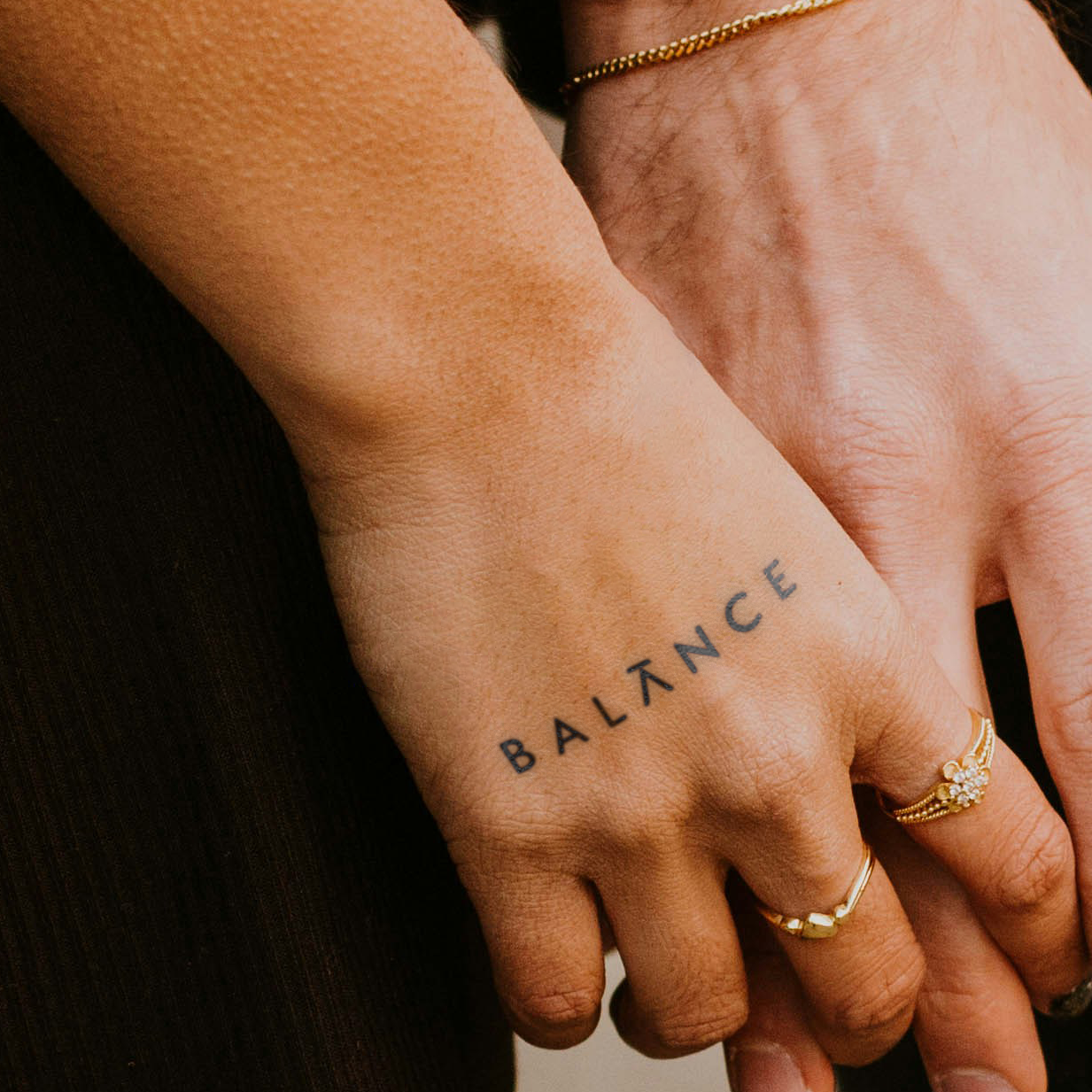Ancient Origins of Temporary Tattoos in India
The use of temporary tattoos, or mehndi, can be traced back to ancient civilizations in India. Henna, the plant used to create these temporary designs, has been used for body art, hair dye, and even to cool the body in hot climates for over 5,000 years.
In ancient Egypt, henna was used to decorate the bodies of the deceased, with evidence suggesting that even Cleopatra herself adorned her body with these temporary tattoos. Similarly, in India, henna was not only used for its aesthetic appeal but also held cultural and religious significance.
Tribal Traditions and Temporary Tattoos
Across India, various tribal communities have long-standing traditions of using temporary tattoos for a variety of purposes. In the northeastern states, tribes like the Apatani, Singpho, and Konyak used tattoos to signify status, courage, and identity.
The Apatani tribe of Arunachal Pradesh, for instance, would tattoo young girls to make them less appealing to rival tribes who might try to abduct them. The process involved using thorns to cut the skin and soot mixed with animal fat to create the dark blue tattoos, which were then allowed to become infected to make the designs more prominent.
Similarly, the Munda tribe of Jharkhand would tattoo three vertical lines on their foreheads to commemorate their victories over the Mughals, while the Gonds of Central India used tattoos to ensure their bodies looked "decent" when exposed.
Temporary Tattoos in Modern India
While traditional temporary tattoo practices have faced challenges, with some being banned by the Indian government, the art form has evolved and continues to thrive in contemporary India.
Today, temporary tattoos have become a dynamic form of self-expression, with artists and entrepreneurs like Mo Naga and Vikas Malani working to revive and preserve the rich heritage of tribal tattoo designs.[4] These modern temporary tattoos not only draw inspiration from India's diverse cultural traditions but also cater to the growing demand for fashionable body art.
The history of temporary tattoos in India is a testament to the country's rich cultural heritage and the enduring appeal of body art. From ancient practices to modern fashion statements, these temporary designs have played a significant role in the lives of Indians, serving as a means of self-expression, identity, and cultural preservation. As the art form continues to evolve, the history of temporary tattoos in India remains a fascinating and integral part of the nation's cultural tapestry.


